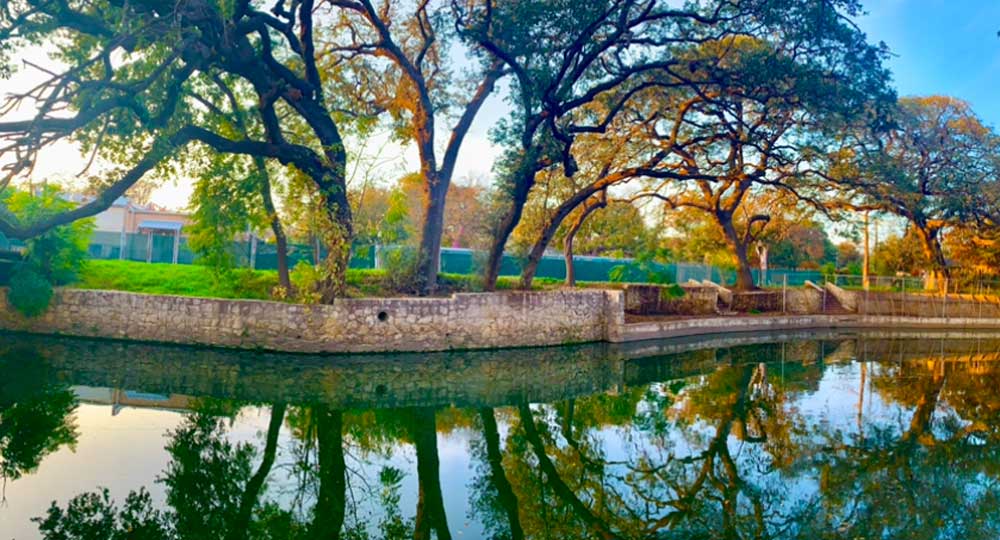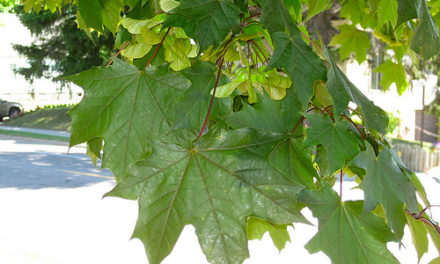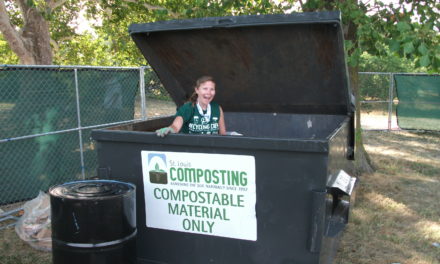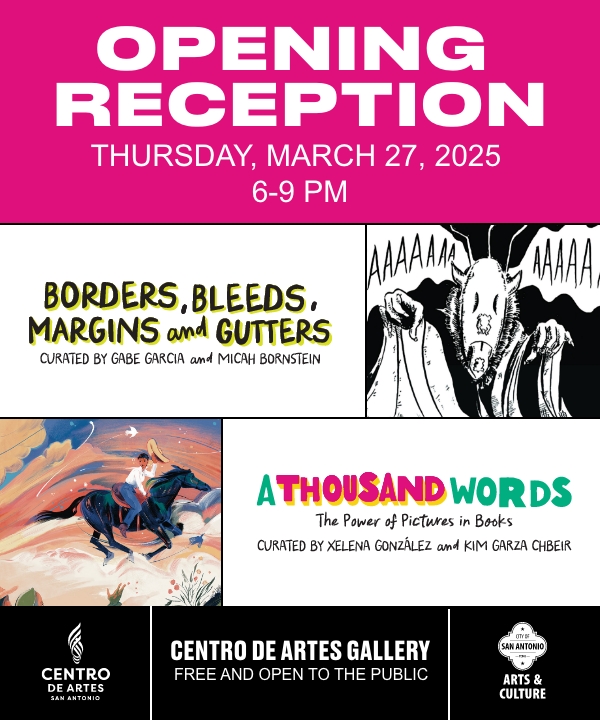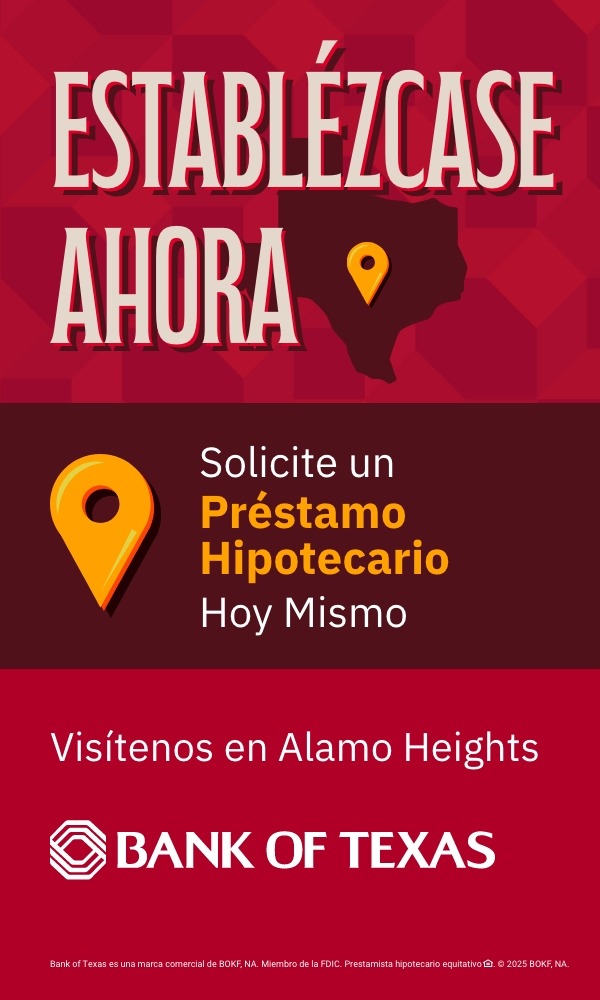As George Brackenridge was nearing the end of his life, he made additional bequests of land to the city. The second bequest subject to the same key provisions as the first gift to the city was “to use the property as a park” and not “convey, alienate, or encumber it.”
Brackenridge Park is a gathering place of Mi Gente! My people, your people, families, friends, strangers, Lowriders, cruising Hotrods, pedestrians, and Bikers- all sharing a common thread of traditions and social connections to the “human environment.”
The “human environment,” defined as including the natural and physical (e.g., built) environment and the relationships of people to that environment, ie, the “human” — social and cultural — aspects of the environment. The cultural use of the biophysical environment and such “intangible” sociocultural attributes as social cohesion, social institutions, lifeways, religious practices, and other cultural institutions.
The towering landscape of twisting Historic Oak trees following the river wall called Lambert Beach are now proposed for demolition. While park structures have undergone some alterations during the last one hundred years, the Historic landscape as a whole has remained largely unchanged since the 1950’s.
Yanaguana-Spirit Waters, Sacred River to Indigenous people whose Creation story describes how life came to be and the spiritual ties to the land and their surroundings. Indigenous people have hunted, rested, and prayed beside the Historic trees.
Trees that have value. Trees that bring people together, clean the air, provide oxygen, combat climate change, heal. Trees that are teachers and playmates, promote unity, beautify space, help prevent soil erosion, provide a canopy and habitat for wildlife.
A Historic Tree is a tree (or group of trees) that are at least 50 years old and share a significant event (or events) in a specific place in time, while a Heritage Tree has deep significance to a community
In January a request for variance was submitted and approved by the Planning Commission. TPV 22-010 COM-PRJ-APP21-39803985 – Brackenridge Park Bond Project Variance Request Variance Request to mitigate for removal of significant trees in excess of the 80% tree preservation requirements and below 100% preservation of heritage trees within the Floodplain & Environmentally Sensitive Areas in place under the 2010 Tree Preservation Ordinance.
In February submission to the Historic Design and Review Commission: Project Background findings: the proposed tree removal plan is to prevent further damage to above-ground historic resources; to prevent rookeries from developing and causing unhealthy environments as part of the 2017 Bond project (Includes $50K paid to the USDA’s Wildlife Services known for the large scale massacre of wildlife ).
The complete concept drawings for an event venue withheld from the public can be found online. The plans displayed at Brackenridge Park Conservancy’s recent event show additional “projects” that would limit public access to areas in the park. https://www.sanantonio.gov/Portals/0/Files/Parks/BrackenRidgeMasterPlan/Brackenridge%202017%20Bond%20Project_Concept%20Drawings.
The rock retaining walls were originally constructed along the river to control erosion that threatened the trees along the riverbank. Park Commissioner Henry Hein and city forester Stewart King both sought to preserve the park’s natural beauty during the 1930’s Depression Era.
Reported by the San Antonio Light on November 7,1899, “this place of property is one of the loveliest pieces of land of Texas, and for beauty is unrivaled.” “It is the largest natural park in the south controlled by a city, its scenery back on the riverbank being unsurpassed.”
Mi Gente, allowing the demolition of trees and removal of wildlife to build an event venue will change the face of the park we know and love…
Brackenridge will surely be rolling over in his grave!
#stopthechop

